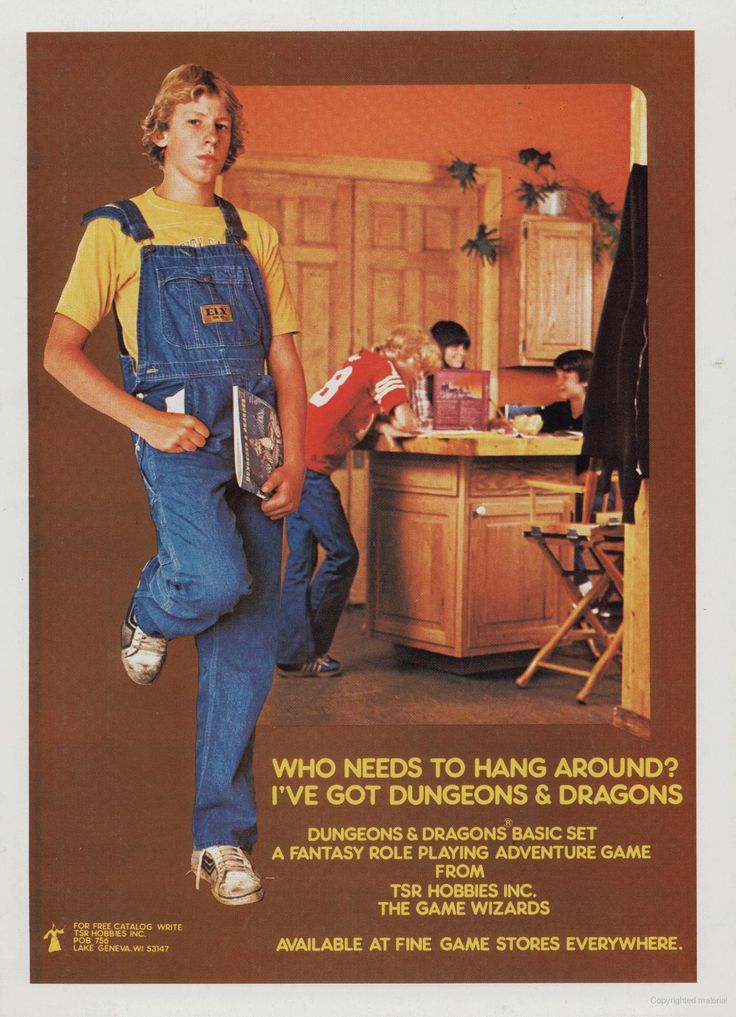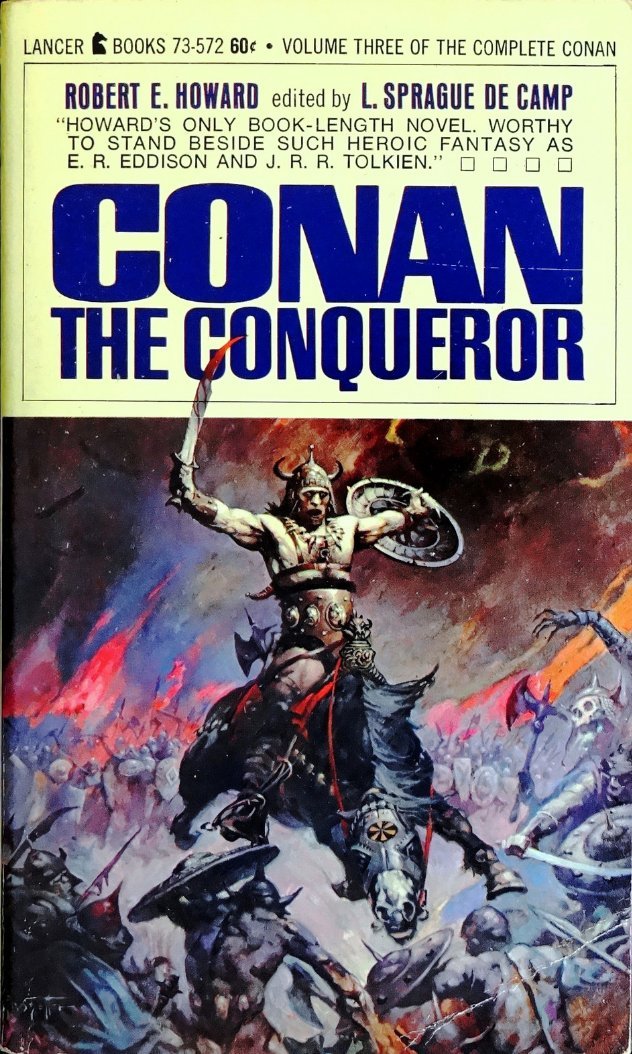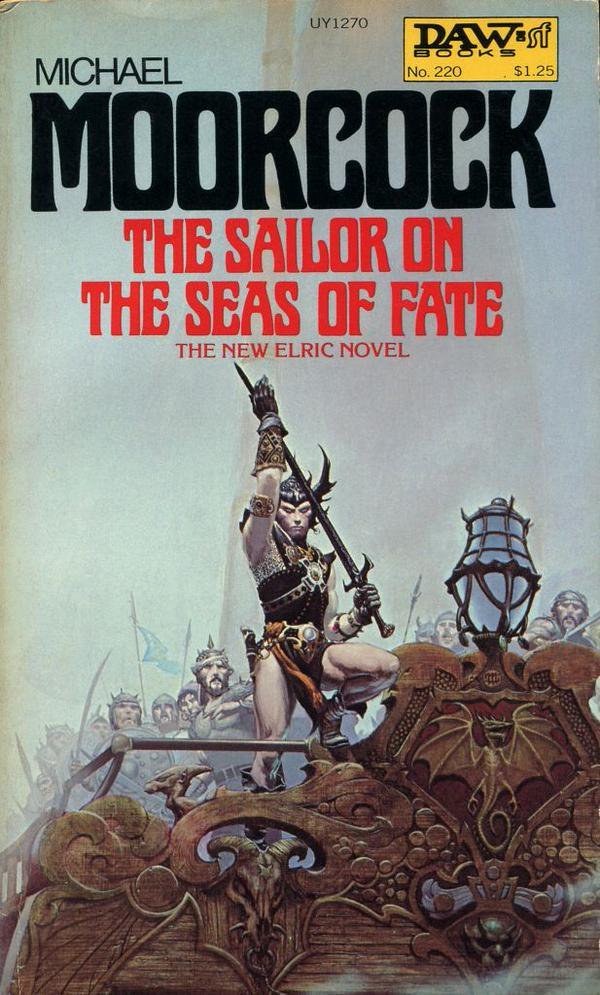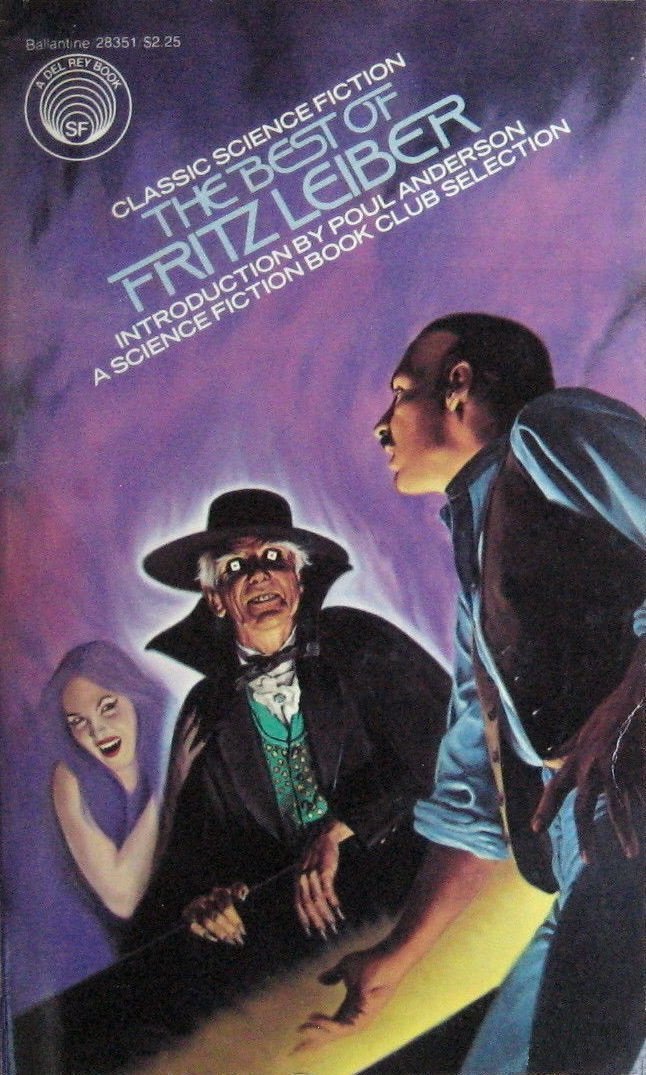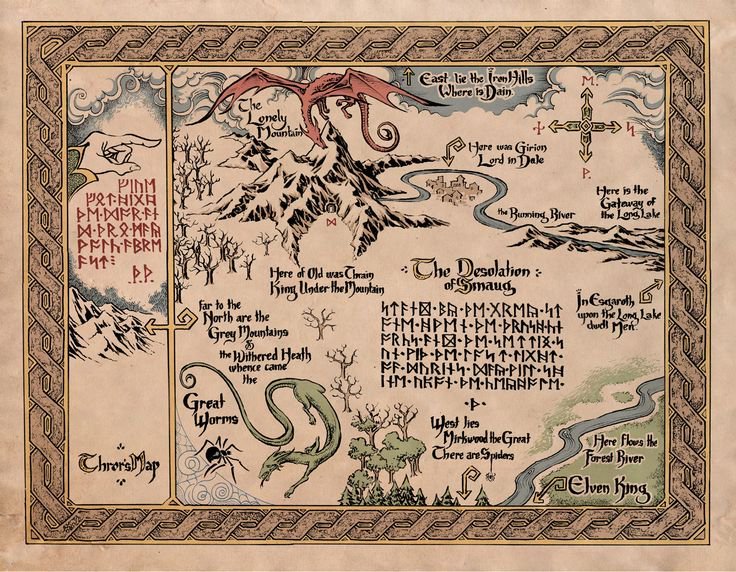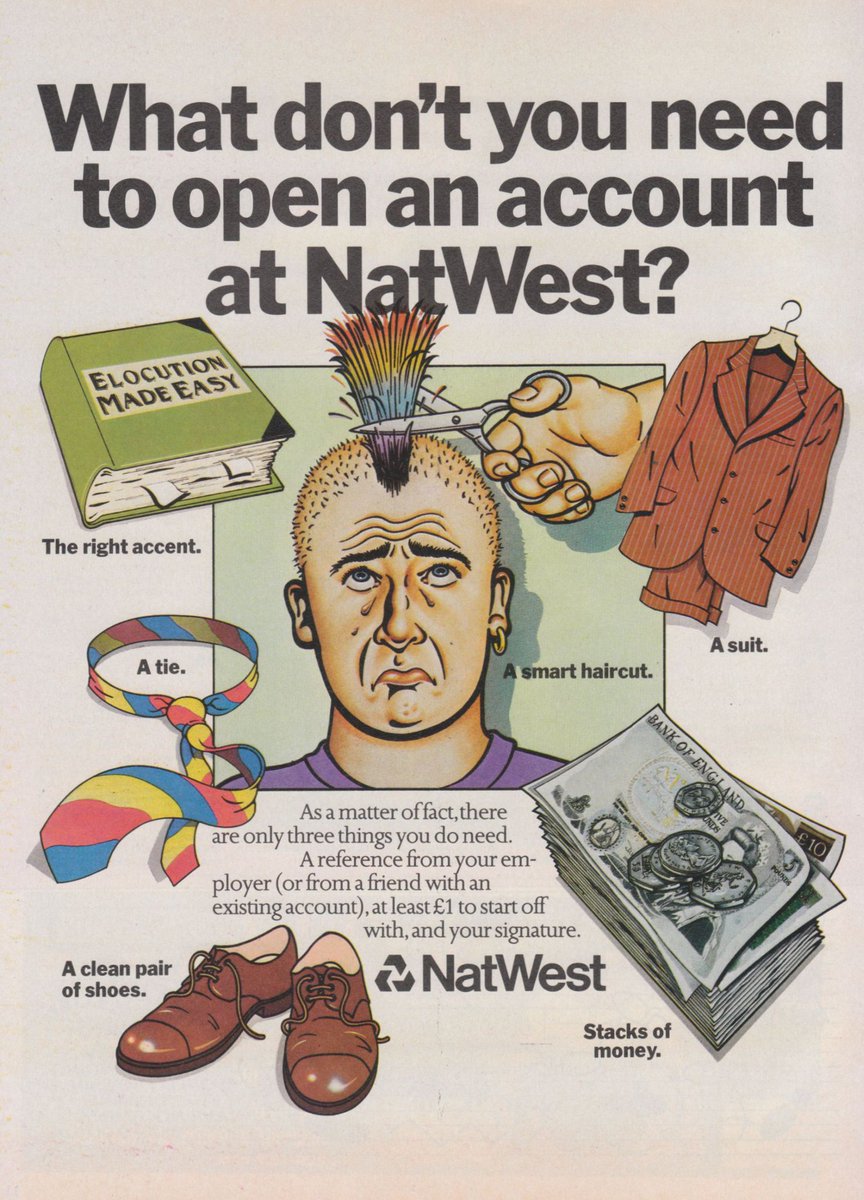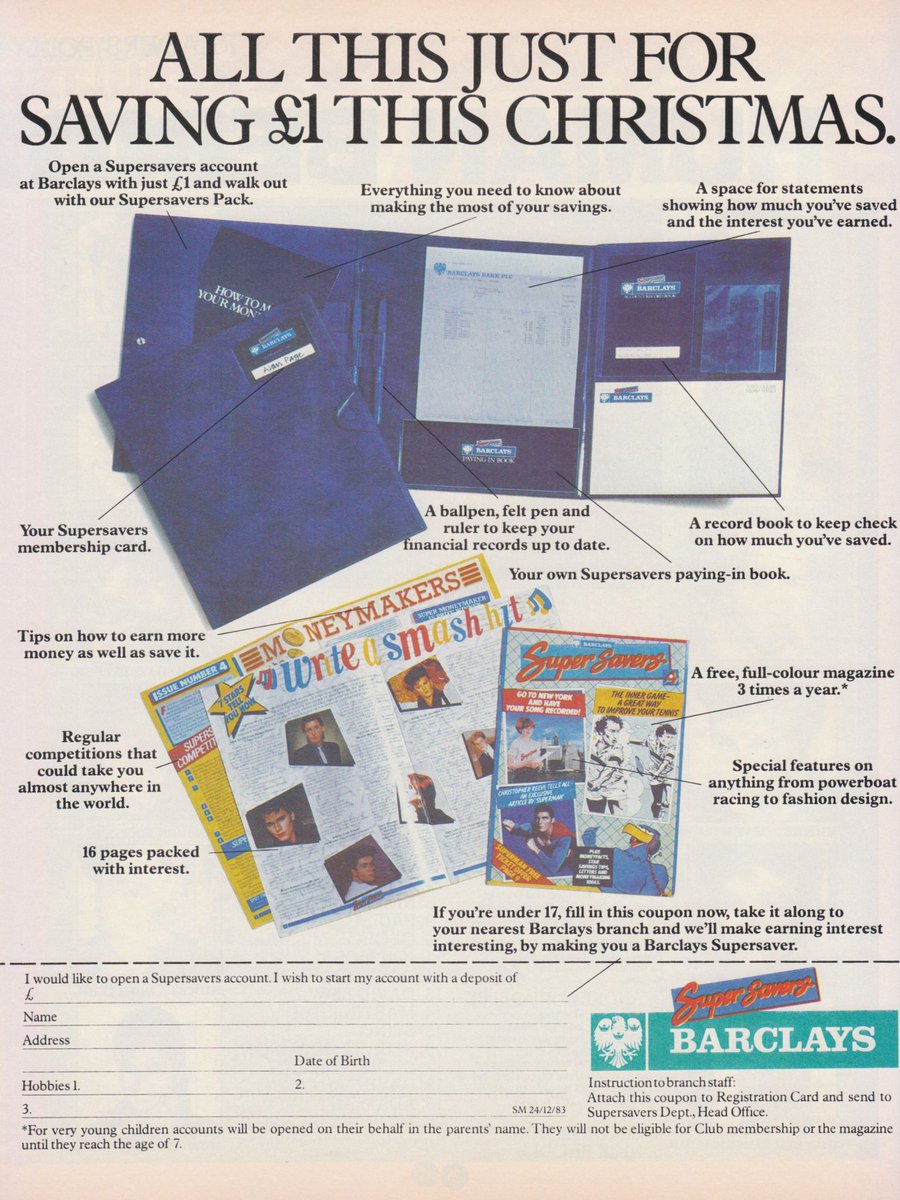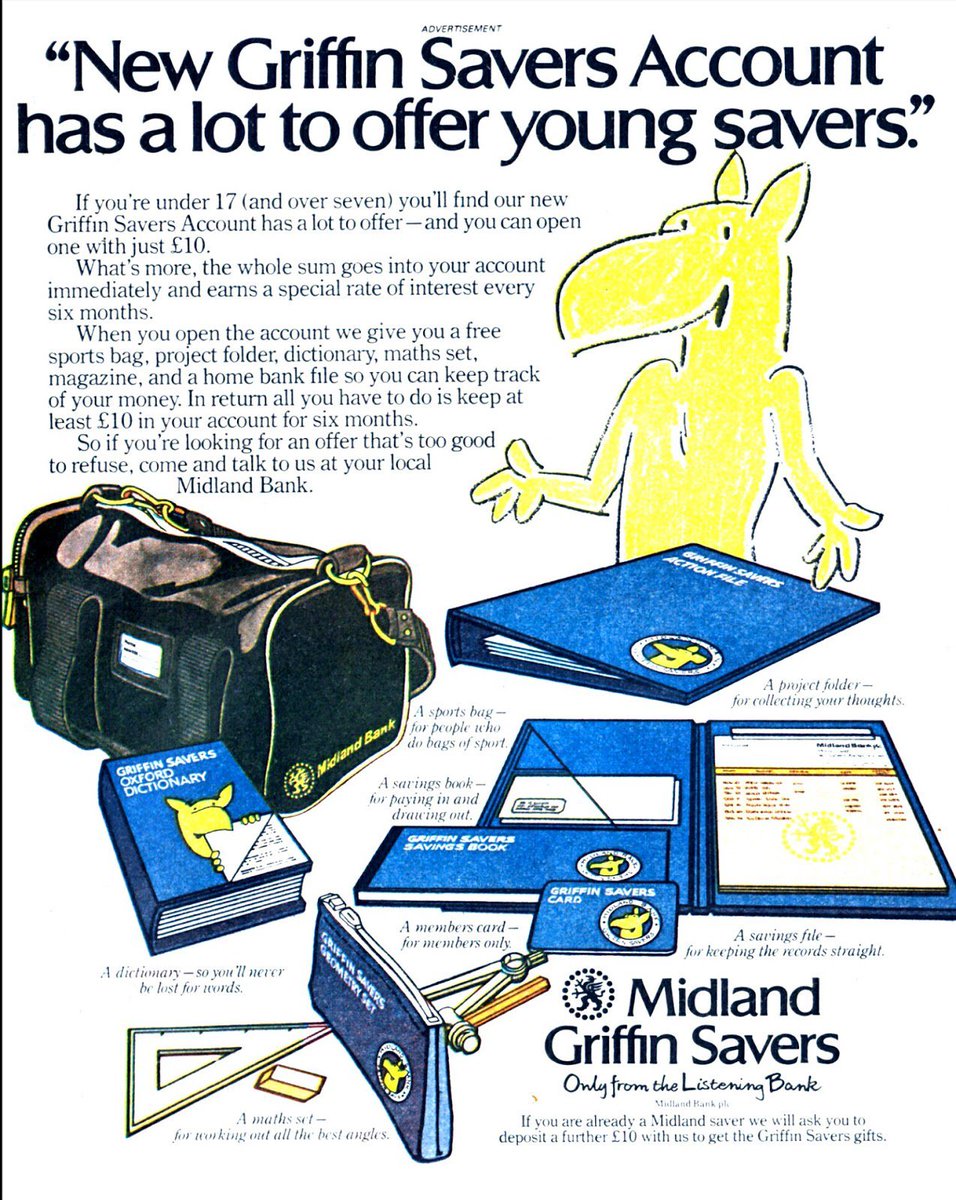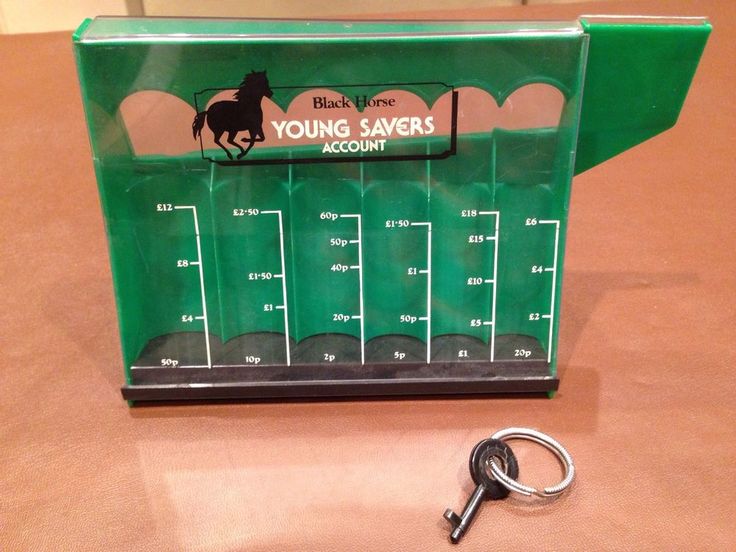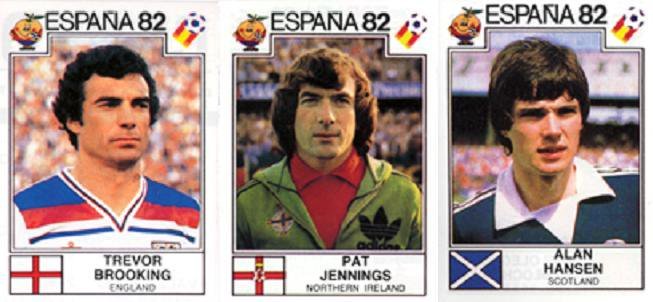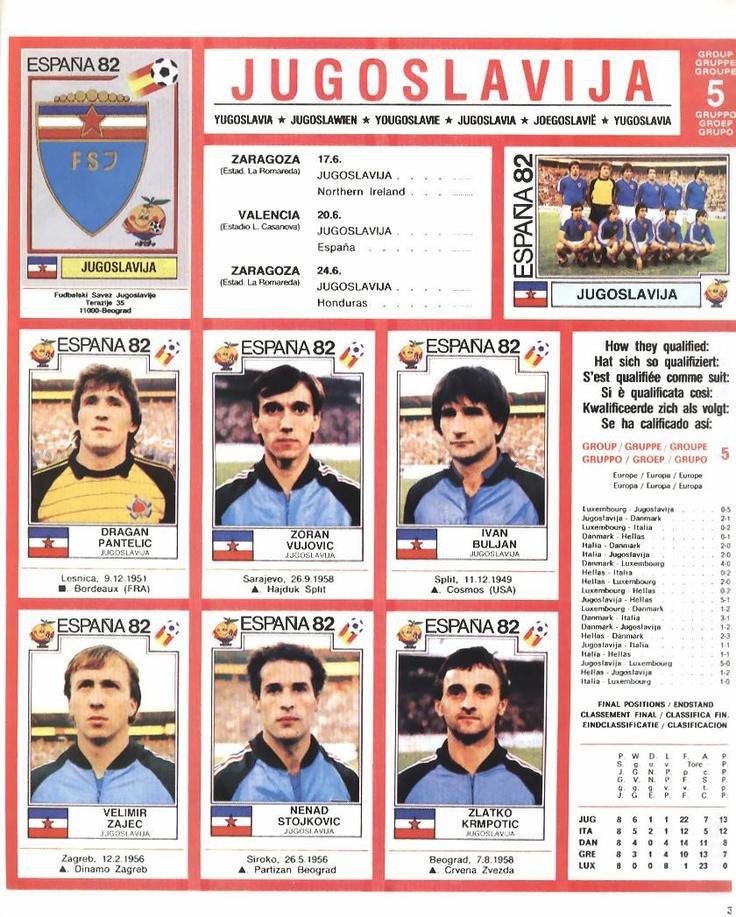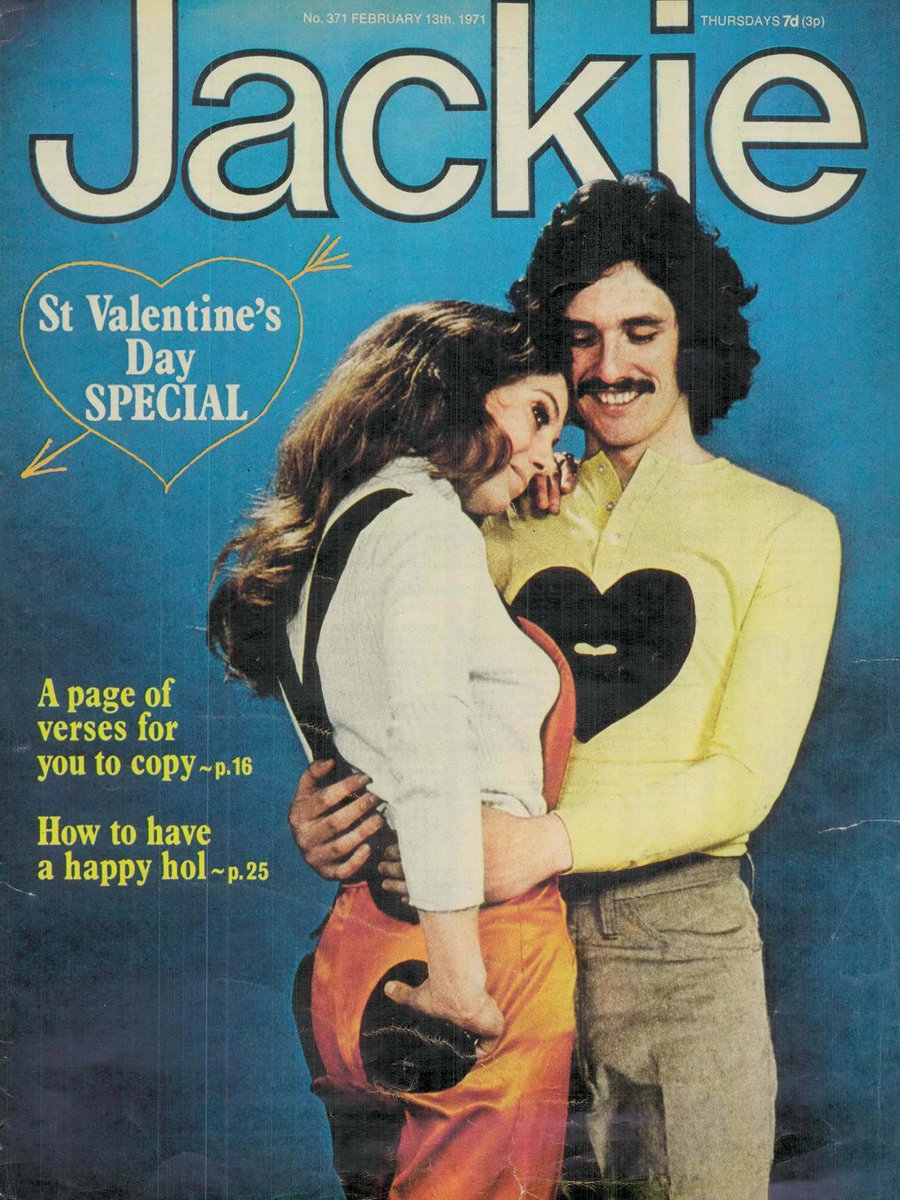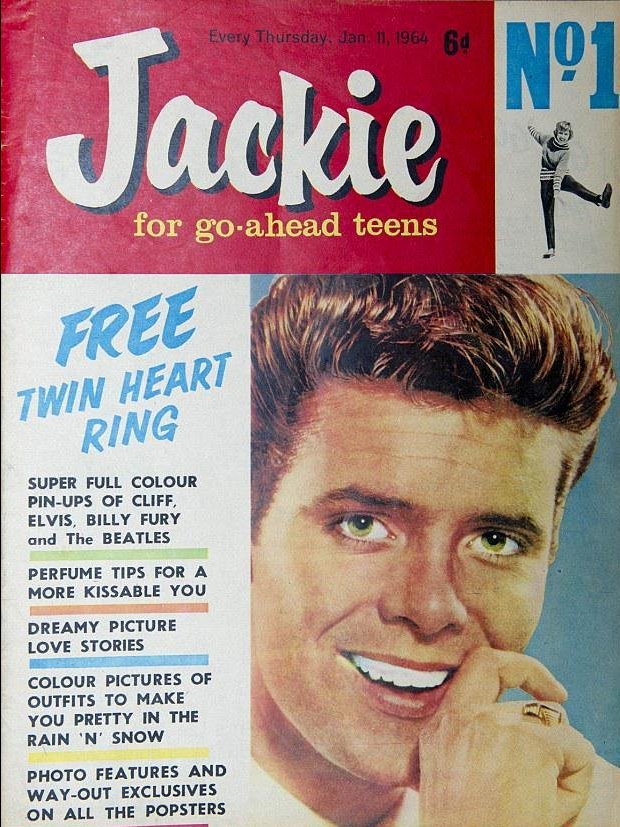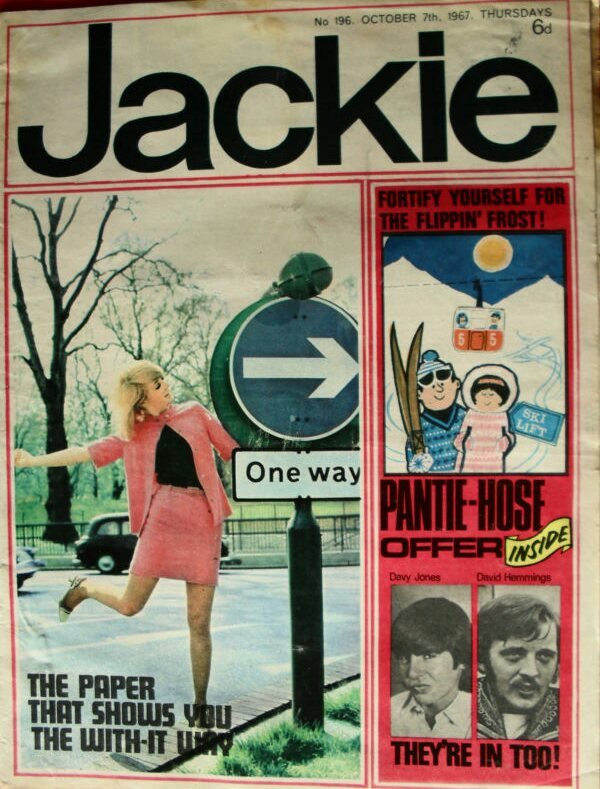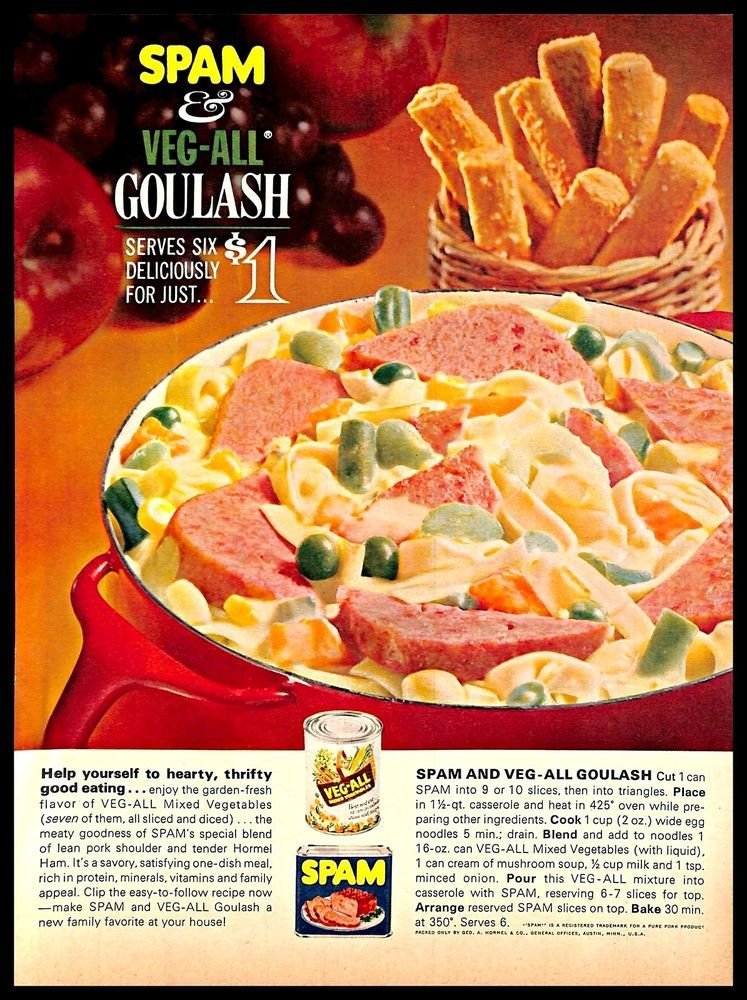
The War on Drugs had at least one success. What it defeated was a compound that was a sleep aid, a party pill and a chemical warfare agent. A drug that showed that substance abuse and medicine could sometimes go hand in hand.
This is the story of Quaaludes...
This is the story of Quaaludes...

The name 'Quaalude' is a pun, a marketing play on the phrase 'quiet interlude'. Developed in the US by Rorer and then by Lemmon as a sleep aid for the stressed, by 1983 production was stopped "due to the increasingly adverse legislative climate surrounding the product." 
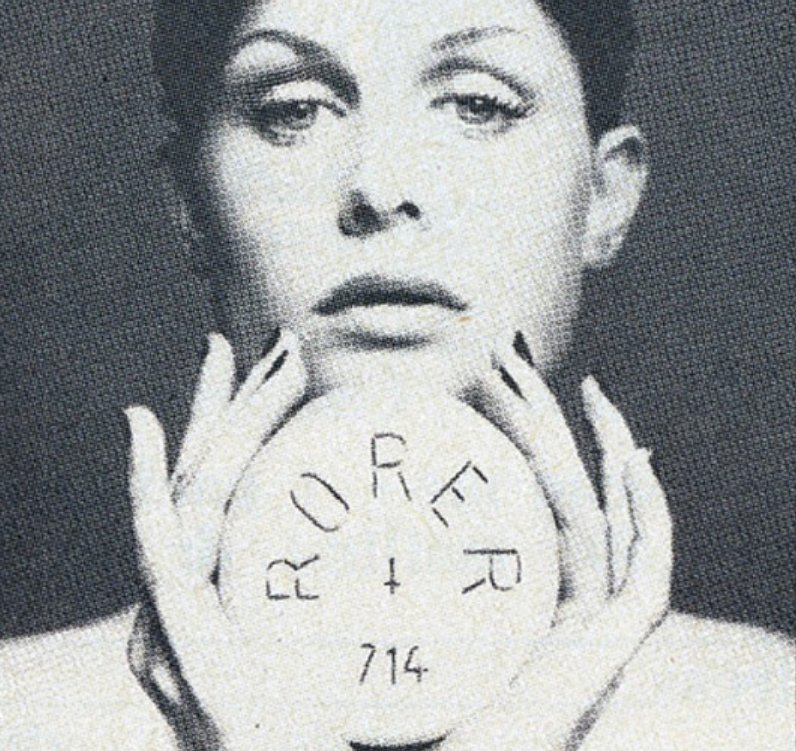
Quaalude itself is simply a brand name for Methaqualone. In the UK and elsewhere it was called Mandrax. And it was certainly popular: by 1965 it was Britain's most-prescribed sedative.
As the saying went "'Ludes and Mandies, prescribed like candies."
As the saying went "'Ludes and Mandies, prescribed like candies."
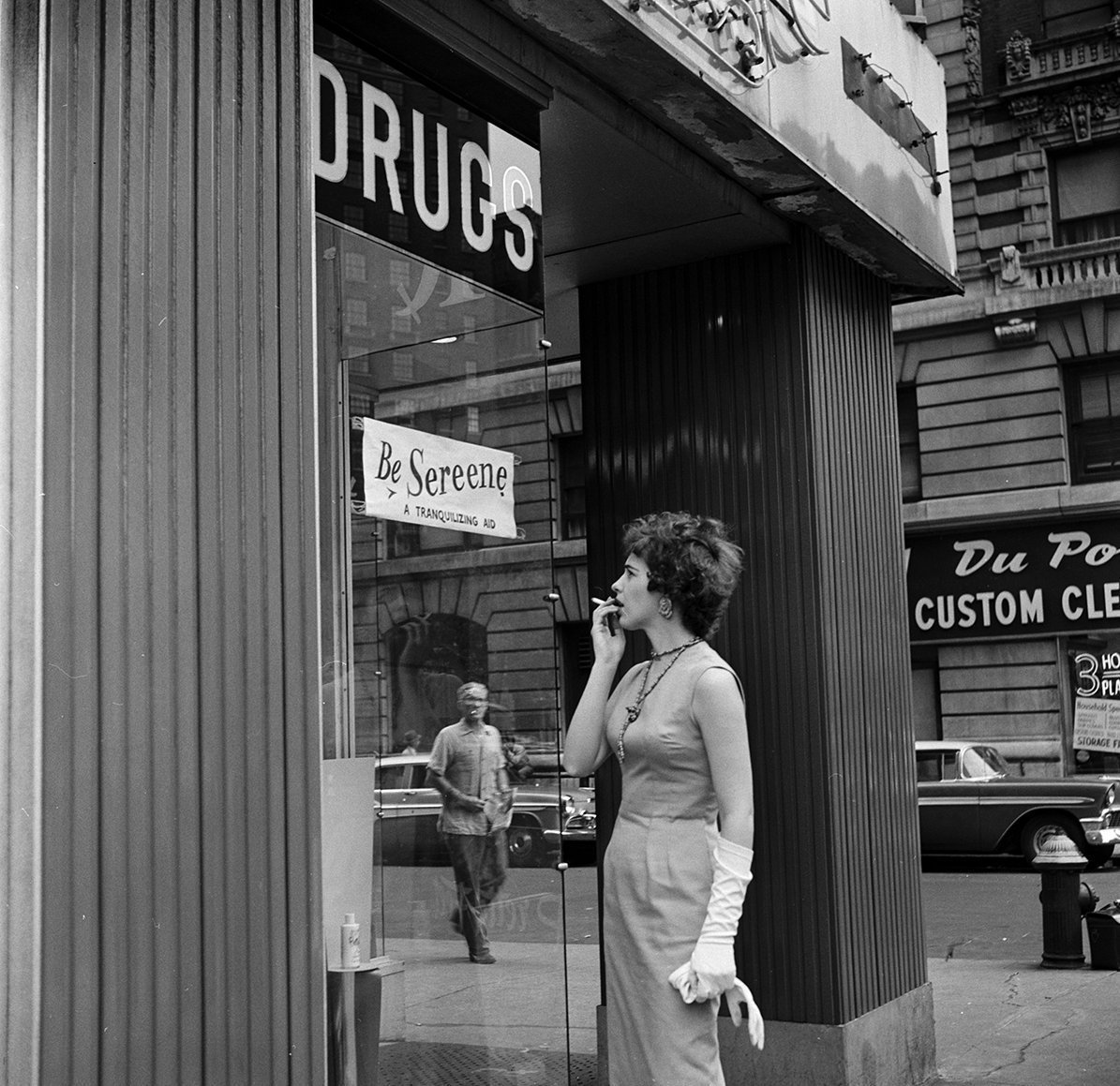
Methaqualone is a sedative-hypnotic which affects the brain's GABA receptors. As they respond to the drug the blood pressure drops, the pulse slows. Sleep soon follows. 
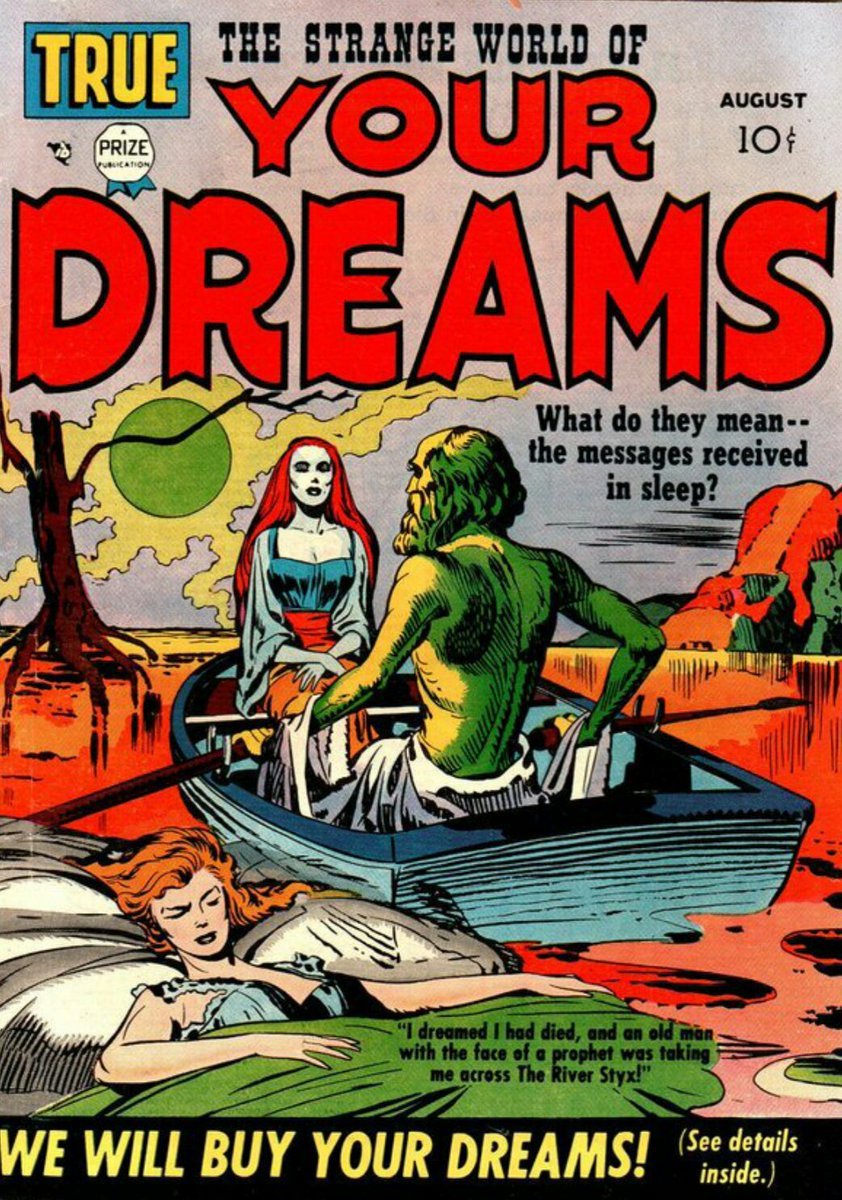
But if you fight sleep, Quaaludes - like other hypnotics - can lead to a state of lucid hypnosis, inhibition and euphoria. At least for a while 
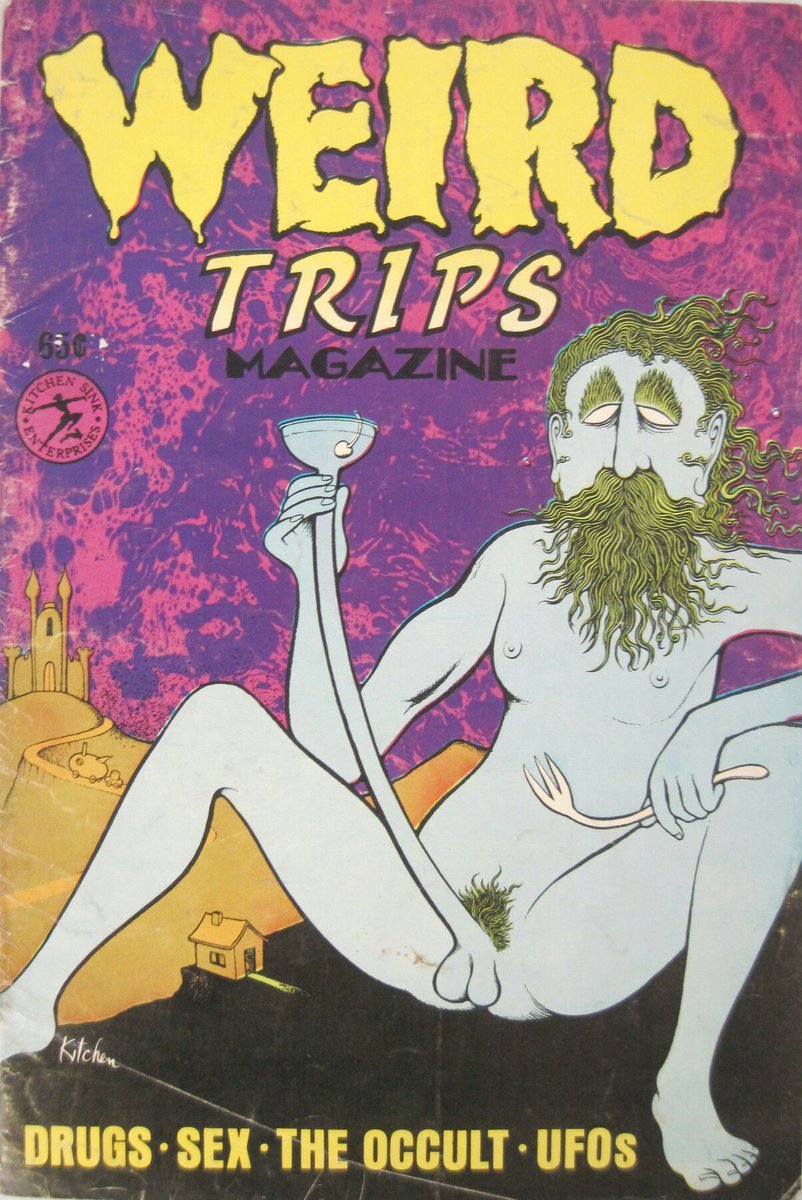
In the 1960s 'Ludes became popular as a kind of hip LSD, a love drug that loosened inhibitions and bent consciousness. Prescriptions were not hard to come by, and by the early 1970s 'Stress Clinics' and Juice Bars were selling it openly in the US. 
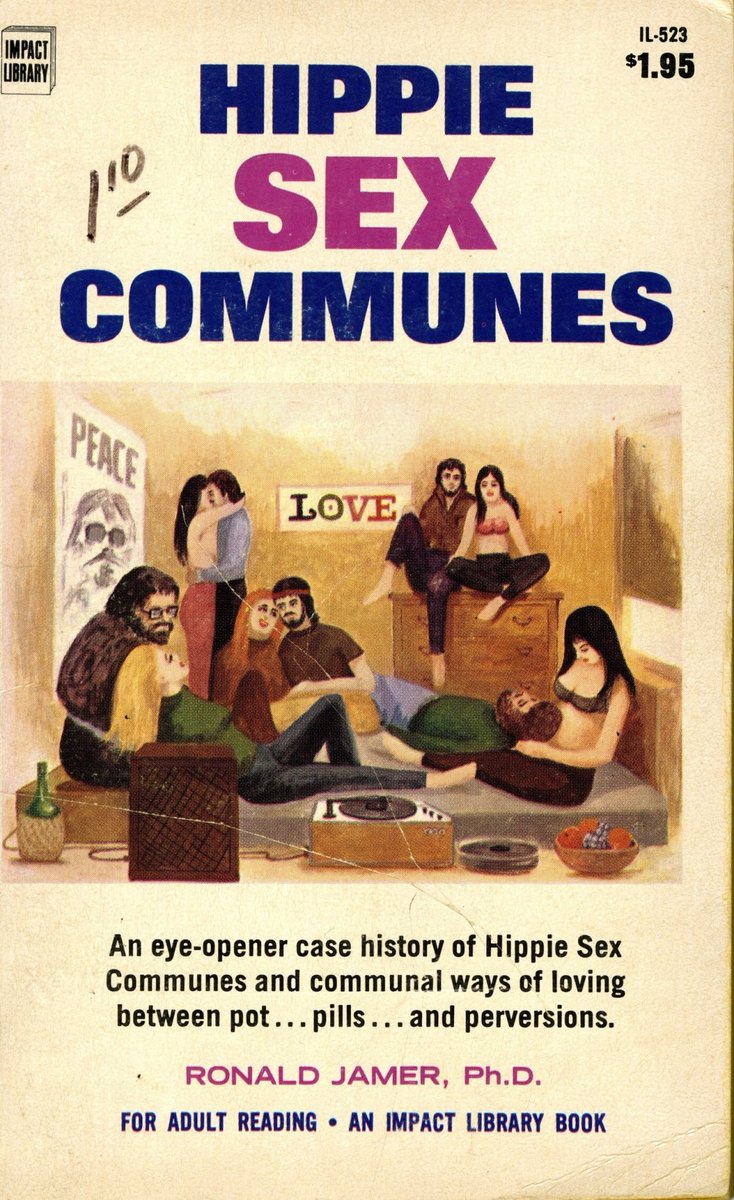
Culturally Quaaludes were seen as different to the earlier generation's drug choices: acid and pot, or valium and dexedrine. It was seen as a cleaner choice, more in line with the times. It developed its own strange mythology. 

But the dark side of Quaaludes was obvious. It was addictive psychologically. Mixed with alcohol it could lead to coma and death. It was also frequently used to drug and sexually assault others.
By 1973 the US government stepped in.
By 1973 the US government stepped in.

After prompting by Congress, Quaalude sales became restricted. Manufacturers were then pressurised to stop production. By 1984 US production was outlawed and the DEA shut down overseas producers - both legal and illegal - in an all-out war against Quaaludes. 
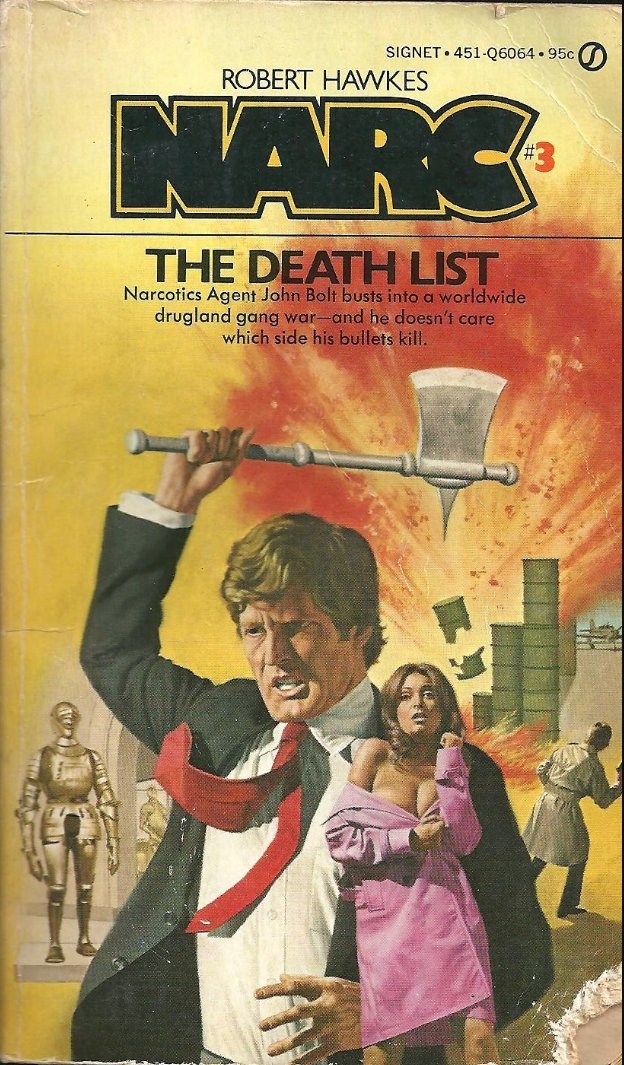
By the 1990s the DEA had won: Quaaludes had effectively vanished in the West. The War on Drugs had a victory at last.
But in South Africa, Mandrax had a more sinister side.
But in South Africa, Mandrax had a more sinister side.
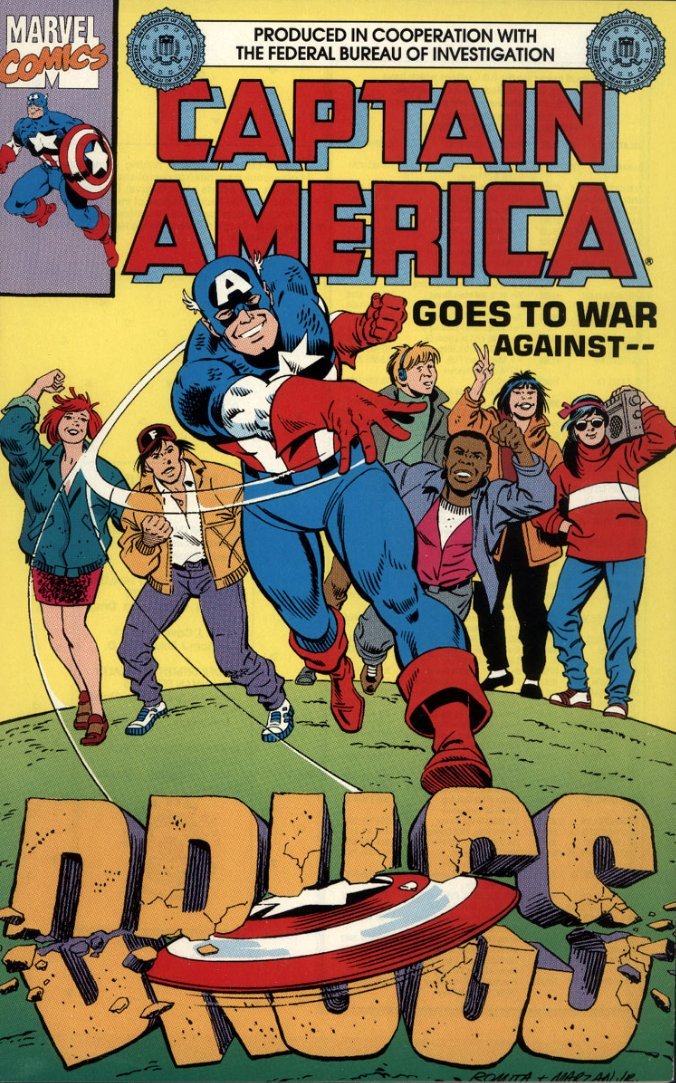
In the early 1980s Project Coast was set up in secret by the apartheid South African government, to develop chemical weapons to target regime opponents. Both lethal and non-lethal methods would be developed. Methaqualone would be weaponised. 
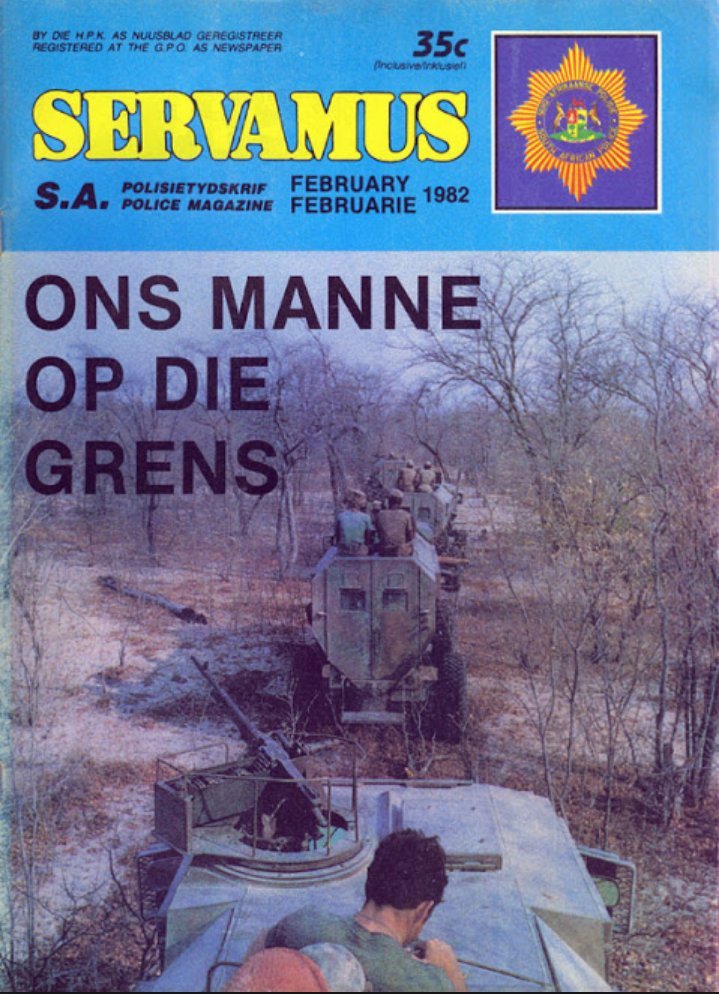
One aim of Project Coast was to develop chemical agents to quell dissent and tackle riots. Huge quantities of Methaqualone and MDMA were secretly developed in aerosol and dispersible powder form, for spraying over protestor 

Vast amounts of Methaqualone were produced by the South African government in the 1980s. Not all of it has been accounted for. Mandrax abuse - often smoked with Dagga through a bottleneck pipe - remains a problem to this day. 
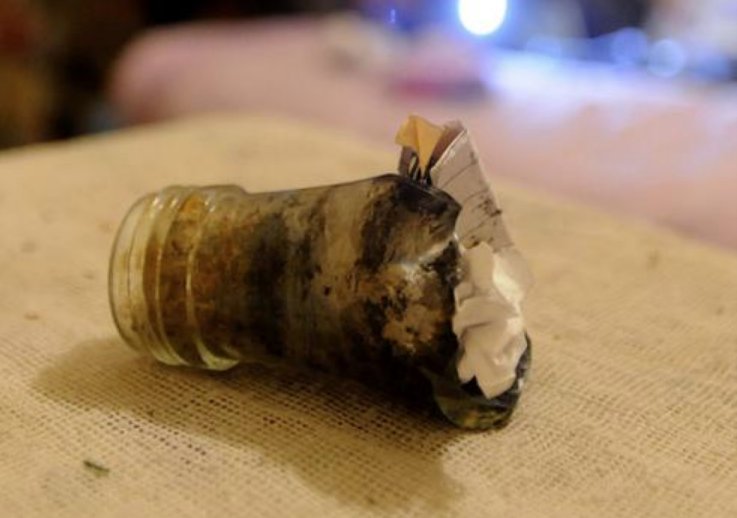
Although Quaaludes have gone, prescription drug abuse remains a huge issue. New drugs - whether sedatives, painkillers or nootropics - fill the space that the Lemmon 714 left behind. 'Ambien tweeting' may be this decade's version of a long-standing problem. 
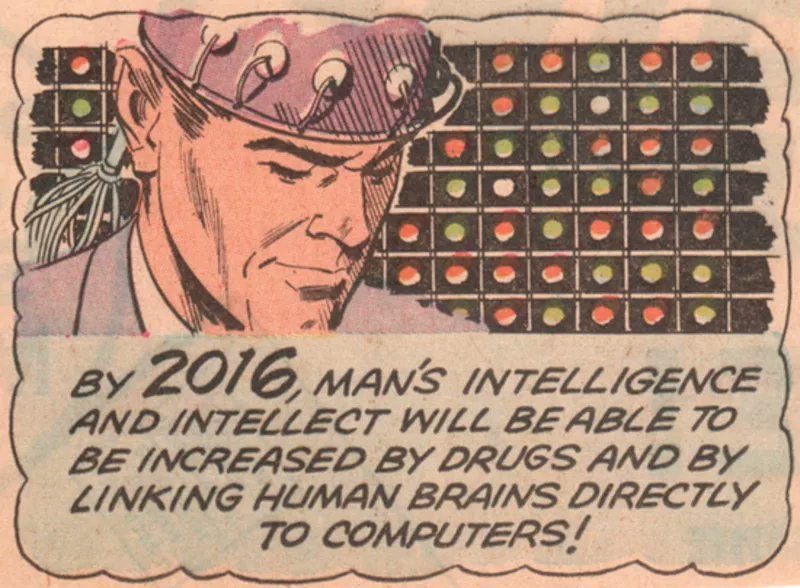
If there is a War on Drugs, then what side are prescription drugs on? That's a bigger, more difficult question to answer. But we do know what the first casualty will be. Sleep.
More stories another time...
More stories another time...
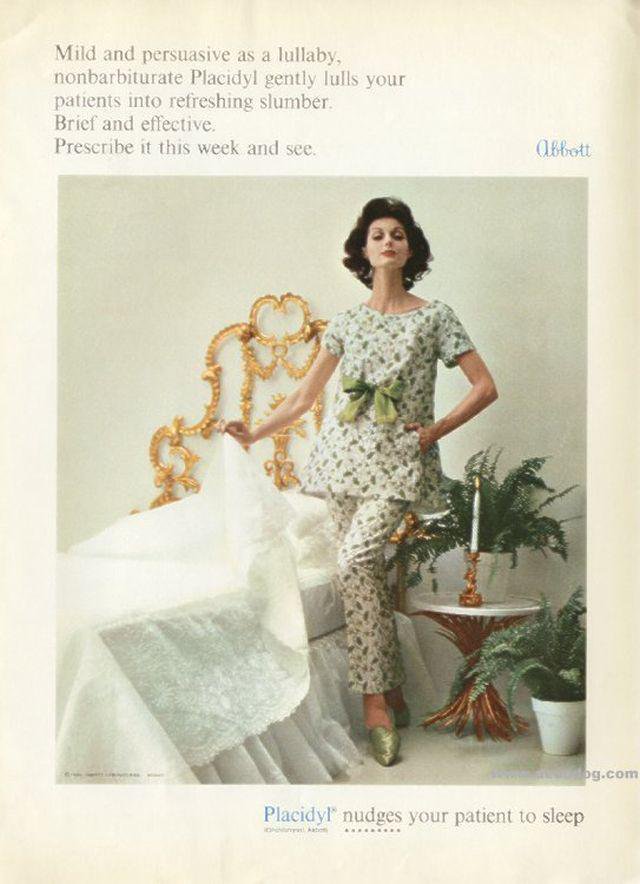
• • •
Missing some Tweet in this thread? You can try to
force a refresh


